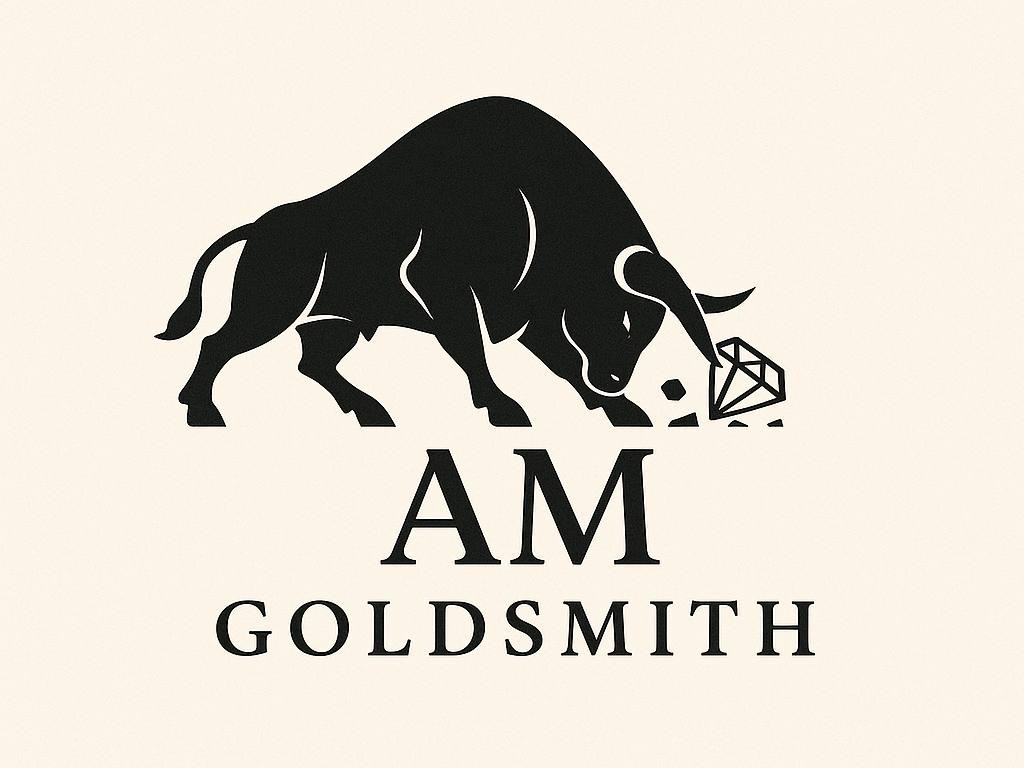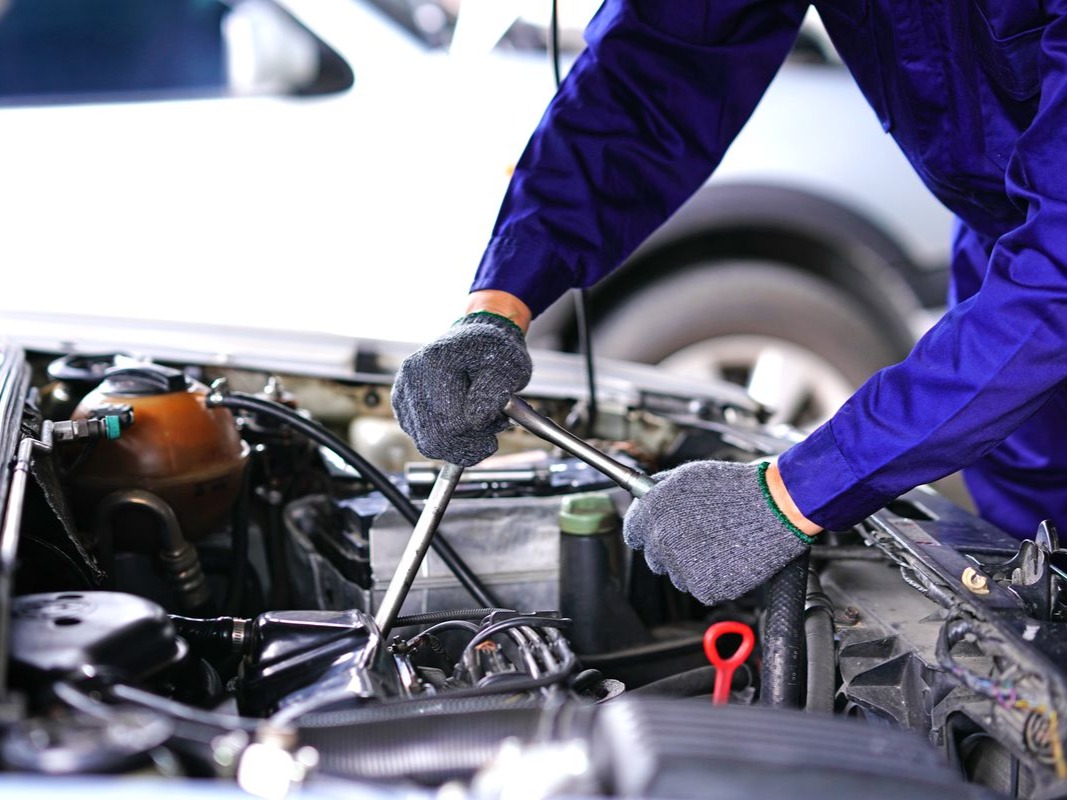Calgary presents a unique challenge for residents and newcomers when it comes to winter footwear. The city combines harsh Canadian winters with unpredictable weather patterns, creating challenging conditions that require a careful approach to winter footwear selection. The question of whether you need special footwear for ice and snow in Calgary is not a simple one, as it depends on a variety of factors, including your individual lifestyle, financial capabilities, and understanding of local climate conditions.
Calgary's climate
Understanding Calgary's winter conditions is key to making an informed decision about purchasing special footwear. The city is located in the province of Alberta, which is characterized by a continental climate with cold winters and significant temperature fluctuations. Winter temperatures in Calgary typically range from -6°C to -20°C, but can drop to -30°C and below. The average annual snowfall is around 128–144 cm, with snow on the ground for approximately 86 days per year.
One of the most distinctive features of the Calgary winter is the chunky phenomenon — warm, dry winds that can raise temperatures from -20°C to +10°C or even +15°C in a matter of hours. Rapid snowmelt and refreezing create black ice — an almost invisible hazard for pedestrians.
Injuries and statistics
According to the Canadian Institute for Health Information, Alberta has the second highest rate of hospitalizations due to falls on ice — 42.3 cases per 100,000 population annually. On peak days, hospitals run out of casts due to the number of patients with fractures.

Legislation and infrastructure
- A municipal bylaw requires snow/ice to be cleared within 24 hours of a snowfall.
- Calgary Transit clears CTrain stops within 36 hours, but bus stops can take up to 7 days.
- Pedestrians are often forced to walk on slippery surfaces even when requirements are met.
Risk groups
- Public transport users: regularly walk to stops in hazardous conditions.
- Outdoor workers: construction workers, couriers, postal workers.
- Elderly people and people with reduced mobility: avoid going out, risk of social isolation.
Effectiveness of traditional footwear
CBC Marketplace study: 5 out of 6 brands of winter boots failed the slip test. Only models with built-in fibers in the sole provide sufficient traction.
Alternative — ice cleats
Advantages:
- Suitable for any footwear (including work or formal shoes)
- Made of tungsten carbide
- Compact, lightweight, can be stored in a backpack or pocket
- Temperature resistance down to -40°C
Types:

- Heel spikes — short-term use, easy to remove
- Medium spikes — for moderate activity, rotate to the top of the foot
- Full spikes — for long-term wear and movement on slopes
Disadvantages:
- Need to remember to put them on/take them off
- May damage indoor floors
- Not suitable for people with arthritis or limited mobility
- Snow buildup reduces effectiveness
Cost:
- Ice spikes: $40–200 CAD
- Special footwear: $150–500 CAD
- Spikes — more durable and versatile
When is special footwear better?
- Work or active leisure outdoors
- Prolonged exposure to snow/ice
- Individuals with medical needs or high risk
Canadian brands and solutions
- ICETRED, K1 Series, Yaktrax, Rip’s Cleats
- Tested in Canadian conditions, used in industry
The role of medical experts
Dr. Raj Bhardwaj (emergency medicine, Calgary):

“Injuries from falls often require surgery and have long-term consequences. They are easier to prevent than to treat.”
Psychological and social aspects
- Fear of walking is common after falls
- Protection increases confidence and reduces isolation
The best strategy is a combined approach
- High-quality shoes + ice cleats
- Flexibility, safety, comfort
- Recommended for most residents
Consideration of Calgary's microclimate
- Downtown — better snow removal
- Suburban areas — often slippery roads
- Slopes, bodies of water — higher likelihood of ice
Innovations and the future
- New rubber compounds, aggressive treads
- Built-in or retractable studs
- Smart shoes with sensors (in the future)
Educational initiatives
- How to recognize black ice
- Proper walking technique:
- Slowly
- Hands free
- No sudden movements
Urban strategies
- Improved lighting at crossings
- Priority cleaning of pedestrian routes
- But change is gradual
Safety economics

- Injury = hospital + lost income
- Investing in footwear is insurance
- Employers provide spikes for employees
Environmental sustainability
- Spikes are reusable, less consumption
- Less production, less packaging
Cultural norm
- Winter protection = practicality, not weakness
- Part of civic responsibility
Conclusion
The need for special slip protection in Calgary is not a luxury, but a necessity. The minimum requirement is high-quality ice cleats.
Optimal — studs + winter boots with good insulation. This is an investment in safety, health, and quality of life in Calgary winters.